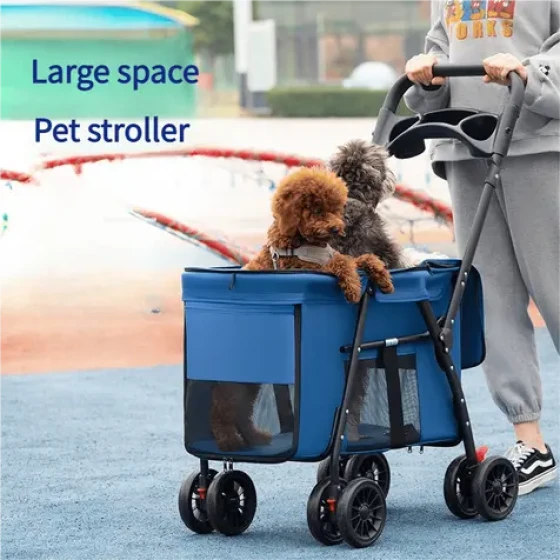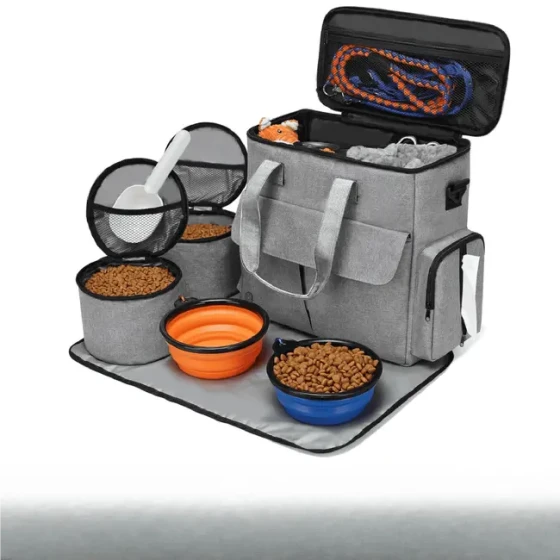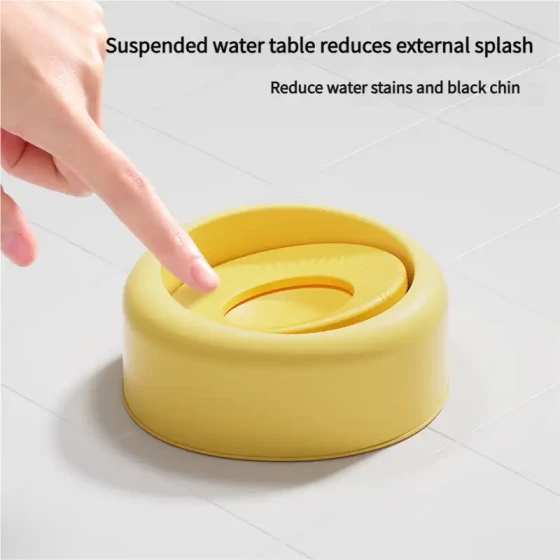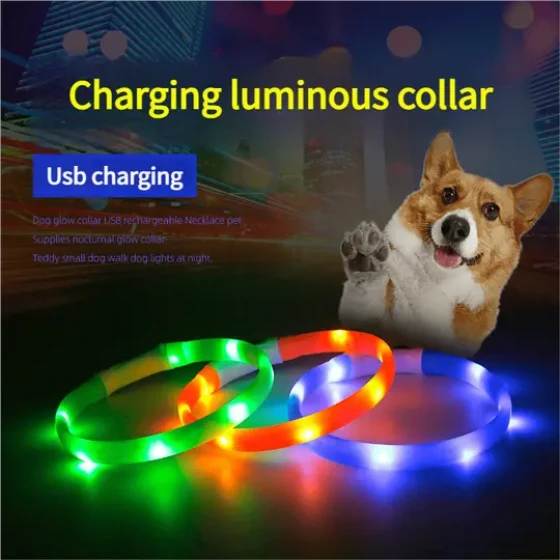Different Grooming Methods for Different Coats
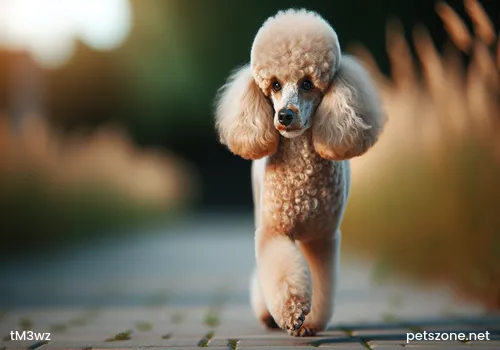
Different Situations Require Different Treatments
Regular grooming of the coat is a necessary task in dog care. This is not only to make the dog look more neat and tidy, but also for the dog’s health. Since there are many dog breeds and their coat characteristics vary, grooming must also be handled differently.
1. Benefits of Grooming
On the one hand, grooming helps spread protective oils throughout the dog's coat. On the other hand, it keeps the coat clean and tidy, while promoting skin blood circulation. Grooming also helps reduce stress for dogs. Moreover, this is an opportunity for owners to communicate with their dogs, making the dogs feel closer to them. Different coat types require different grooming skills, so we need to learn how to handle coats of various lengths and textures.
2. Grooming for Different Coat Types
1. Smooth Coat
Smooth-coated dogs differ from long-haired breeds in that they don’t need grooming as frequently. However, grooming once a week is still recommended to remove dead skin cells and shed hair. For this coat type, you can start by using a rubber brush to loosen dead hair and dirt, then use a bristle brush to remove dirt and hair.
2. Short Coat
For short-coated dogs not wearing clothes, matting is not very common but regular grooming is still necessary. If matting occurs, first use a pin brush to remove knots, then use a bristle brush to eliminate dead hair and dirt. It is best to avoid scissors as they can easily cut or poke the dog’s skin.
3. Long Coat
Daily grooming is best; first use a pin brush or comb to detangle mats. Stubborn mats can be trimmed with scissors before combing them out. Pay special attention to the coat on the back, tail, and around the legs.
4. Soft Coat
If matting occurs, first use a pin brush or comb to detangle knots, then use a bristle brush for grooming. For dogs with soft coats, apply gentle pressure when detangling and grooming, as excessive pulling can cause too much hair breakage.
